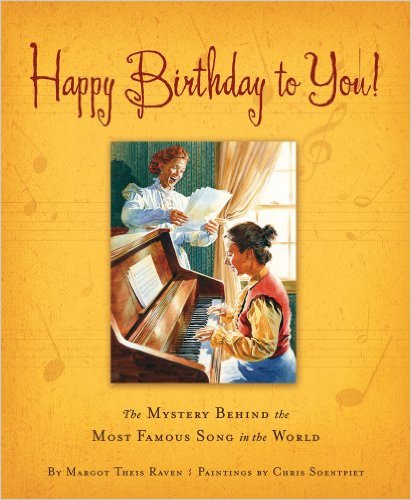Browse Our Books
You can browse our books easily with any of the following filters, hover over the filters or their titles to see their descriptions.
Reading Level
Categories
Or you can use quick search or switch to advanced search for better results...
Search Results (Found 7940 results)

Trivia Time!
Readers will eat up these fun and browse-able titles covering mind-blowing facts on everything from sports to technology. They're perfect for curious kids hungry for information!
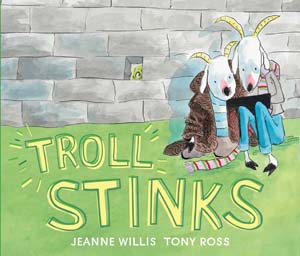
Troll Stinks
Billy Goat and his best friend Cyril are messing about with the farmer’s mobile phone, taking selfies and playing games . . . until they find the number for a troll. Their Grandpa Gruff says trolls are bad, so Billy and Cyril decide to get their own back by sending mean messages. After all, trolls really do stink! Don’t they?
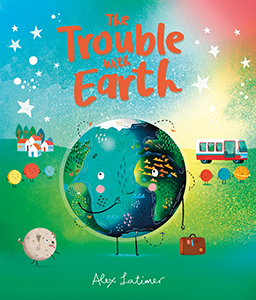
Trouble with Earth, The 
It's time for the planets' annual vacation. But when Earth tries to board their bus, they quickly pull away without her!Earth turns up on the vacation she wasn't invited to and finds all the other planets in the solar system in the hot tubÑeven Pluto! Then she discovers exactly why: it looks like she has FLEAS! Yuck. Earth asks everyone to take a look inside her atmosphere, and they're amazing by what they see . . . birds, fish, creatures galore, and yes, even fleas.The Trouble with Earth is the perfect story to teach us to be kind and less quick to judge others.
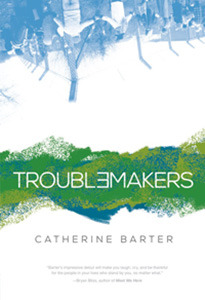
Troublemakers
When she was three, Alena's activist mother died. She's been raised by her half-brother and his boyfriend in east London, which is under attack by a lone bomber. Alena wants to know what her mother was like but her brother won't tell her anything. Alena gets more and more angry until she does something truly rebellious that costs her brother his job and threatens the very stability of her family. After years of being a good girl, Alena discovers she can be a troublemaker, just like her mother. Now she must figure out what sort of trouble is she willing to get into to find out what she needs to know.
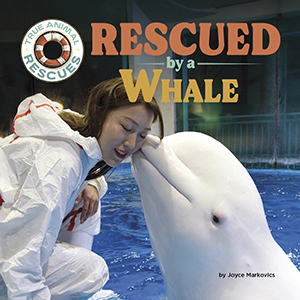
True Animal Rescues 
On countless occasions, animals have come to the rescue of humans. Displaying amazing feats of courage, these animals--ranging from small parrots to large horses--have risked their lives to protect people in need. Readers' hearts will grow as they devour this collection of moving, first-hand accounts.
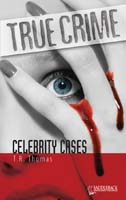
True Crime
Bursting with facts, these books will truly enthrall struggling readers. Nonfiction titles cover high-interest topics both creepy and utterly terrifying. Each title is thoroughly researched and includes an introduction, five chapters, an epilogue, glossary, and index. On-the-scene photography captures students’ imagination and spurs further reading. These are books that struggling readers will not put down!
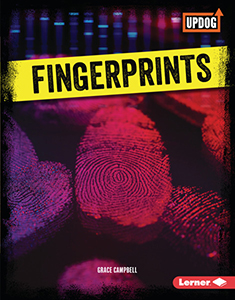
True Crime Clues (UpDog Books™)
How is evidence collected at a crime scene? What can investigators learn from blood samples? What digital evidence do investigators gather on a case? Learn about the latest forensic techniques used to solve true crimes in this fascinating high-interest series.
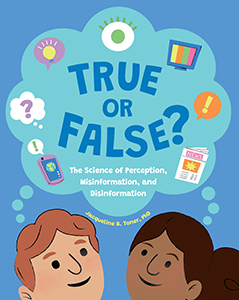
True or False?: The Science of Perception, Misinformation, and Disinformation 
Written for pre-teens and young teens in lively text accompanied by fun facts, True or False? The Science of Perception, Misinformation, and Disinformation explores what psychology tells us about development and persistence of false perceptions and beliefs and the difficulty of correcting them, plus ways to debunk misinformation and think critically and factually about the world around us. Our big brains are super-efficient but glitchy. Scientists estimate that 90% of what we see, hear, smell, or sense never really sinks in. Instead, we pick up on the big things, general impressions, or important stuff and end up leaving our brains to fill in the missing info. And on top of that, people sometimes twist information on purpose. False beliefs can be shared from person to person or go viral in a flash, often by people who think the info is true.
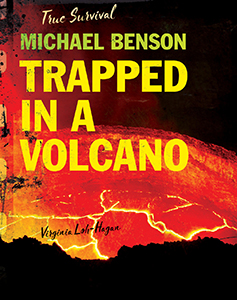
True Survival (45th Parallel Press)
Could you survive being stranded at sea? What about a plane crash in the middle of the jungle? Each book in the True Survival series explores a shocking survival story. Books are written with a high interest level and lower level of complexity to serve more mature students reading at lower levels. Clear visuals, colourful photographs (including images of the survivors!), and considerate text help with comprehension and wild facts hold the readers' interest from the first page to the last.
